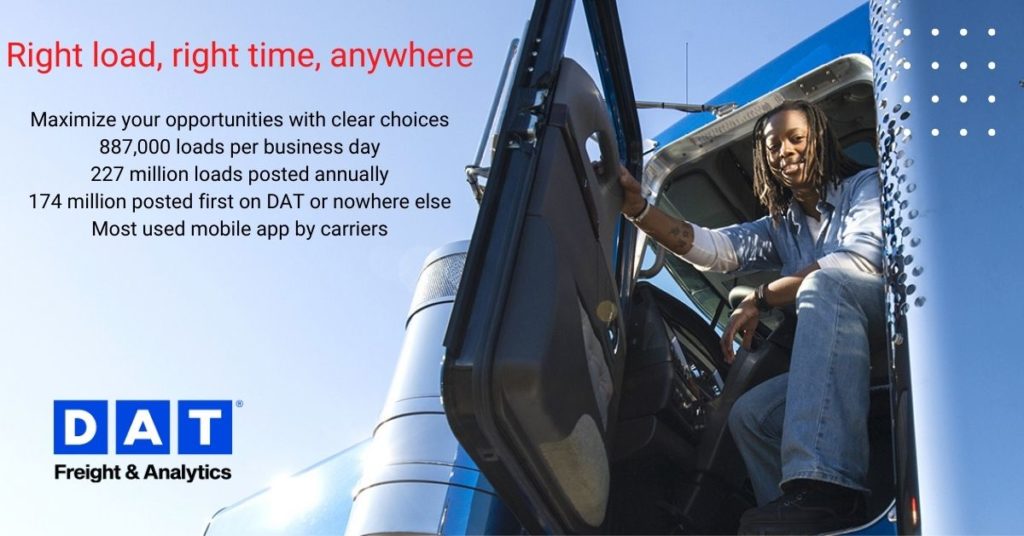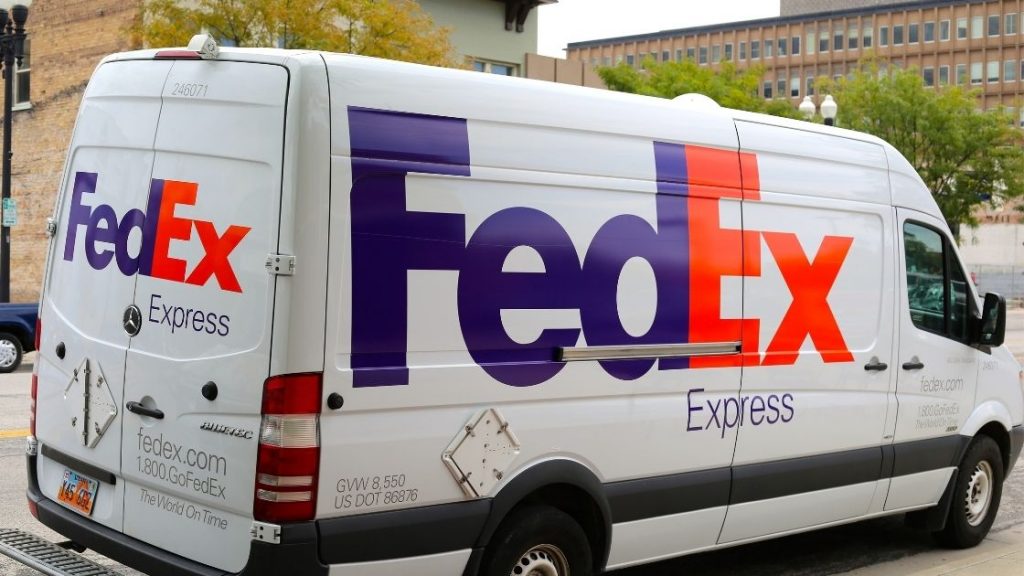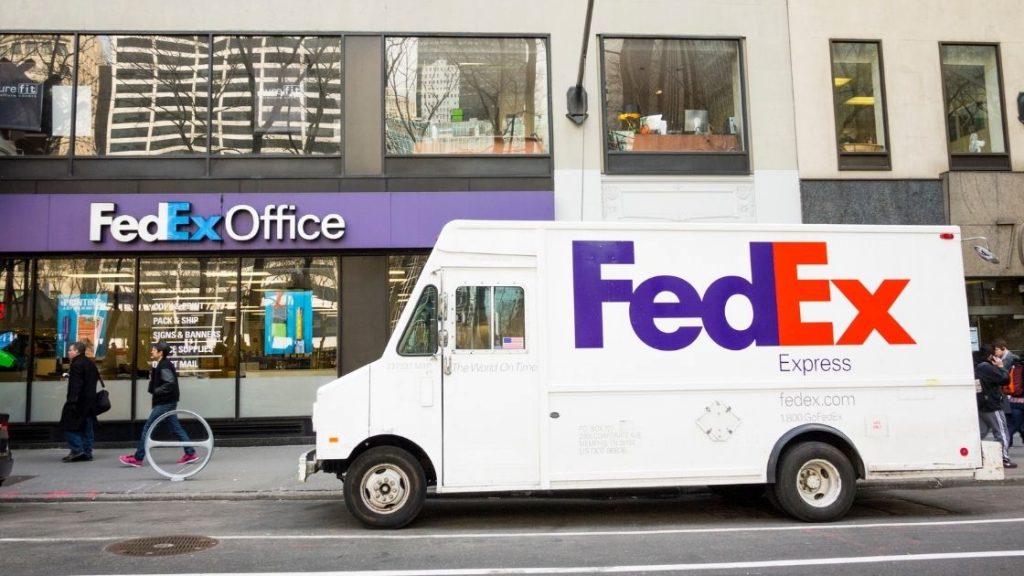If you don’t have a commercial driver’s license (CDL) and are not looking to get one, but still want to be able to drive certain large vehicles for commercial purposes, you are in the right place.
In this article, I am gong to cover some of the key things you will need to know to be a non-CDL trucker, such as when you need a CDL license (and more importantly when you don’t), what trucks are suitable for non-CDL truckers, where you can get non-CDL truck loads, and much more.
Let’s get into it!
This post may contain affiliate links. If you click on a link and complete a transaction, I may make a small commission at no extra cost to you.
The information contained in this post is for informational purposes only. It is not a recommendation to buy or invest, and it is not financial, investment, legal, or tax advice. You should seek the advice of a qualified professional before making any investment or other decisions relating to the topics covered by this article.
What is a Commercial Driver’s License?
You likely already know what a CDL is, but in case you don’t have a firm idea, a commercial driver’s license (CDL) is a special type of license that you need to get from your state if you want to drive certain commercial motor vehicles.
That then presents the question of what commercial motor vehicles require a CDL. Here’s what the Federal Motor Carrier Safety Administration (FMCSA) has to say about it.
When Do You Need a CDL?
According to the FMCSA, you will need a CDL if you fall within the following three categories.
| Type of License | Requirements | What it Means In Simple Terms |
| Class A | Any combination of vehicles which has a gross combination weight rating (GCWR) or gross combination weight (GCW) of 26,001 pounds or more, whichever is greater, inclusive of a towed unit(s) with a gross vehicle weight rating (GVWR) or gross vehicle weight (GVW) of more than 10,000 pounds, whichever is greater. | Applies if your truck and trailer’s combined weight or combined weight rating is more than 26,000 lbs. Also applies if your trailer’s actual weight or weight rating is more than 10,000 lbs. |
| Class B | Any single vehicle which has a GVWR or GVW of 26,001 pounds or more, or any such vehicle towing a vehicle with a GVWR GVW that does not exceed 10,000 pounds. | Applies if your truck’s actual weight or weight rating is more than 26,000 lbs. Also applies if you are using that vehicle to tow another vehicle that actually weighs or has a weight rating of more than 10,000 lbs. |
| Class C | Any single vehicle, or combination of vehicles, that does not meet the definition of Class A or Class B, but is either designed to transport 16 or more passengers, including the driver, or is transporting certain hazardous materials. | Applies if you are transporting 16 or more passengers or certain hazardous materials. |
There are certain defined terms used in the table that are important. They are as follows:
“Gross Vehicle Weight” (GVW) is the actual weight of the vehicle, including all passengers and cargo, as measured at a scale.
“Gross Vehicle Weight Rating” (GVWR) is the maximum allowable weight of the fully loaded vehicle (including passengers and cargo). It is usually provided by the manufacturer. The front and rear axle weight rating are usually posted on the inside door jamb (you add them up to the GVWR).
“Gross Combination Weight” (GCW) is the actual combined weight of the vehicle and the towed unit, including all passengers and cargo, as measured at a scale.
“Gross Combination Weight Rating” (GCWR) is the maximum allowable weight of the vehicle, cargo, passengers and trailer combined. According to Ford, this will depend on a variety of factors, such as vehicle, engine, transmission, axle ratio, optional equipment and trailer hitch types used (weight distributing, non-weight distributing, gooseneck). But it’s often just the combined GVWR of the vehicle and the trailer (assuming the trailer is suitable for the vehicle). Source
Which Trucks Can You Drive Without a CDL?
Non CDL Trucks (No Trailer)
In general, you do not need a CDL to drive a truck (without a separate trailer) that weighs less than 26,000 lbs. More specifically, your gross vehicle weight or gross vehicle weight rating must be less than that weight limitation.
Non CDL trucks include, in most cases, the following types of vehicles:
- Pickup Trucks (according to JD Power, typically have GVWRs of less than 10,000 lbs, with curb weights ranging from 6,300 lbs. to 7,000 lbs.)
- Cargo Vans (GVWRs vary, but a 2022 Ford Transit, for example, has a GVWR of 11,000 lbs, which provides a payload of 3,060 to 5,110 lbs depending on config.)
- Passenger Vans that transport less than 16 passengers, including driver (typically have GVWR of around 10,000 or 11,000 lbs.)
- Box Trucks that are below the required weight or weight rating (typically looking at box trucks that are 26′ long or shorter). More on this later.
In most cases, larger vehicles such as dump trucks and buses will require a CDL. But there are exceptions. This Ford F650 with a fully functioning retrofitted dump body is an example of this.
Related Reading: Are you ready to start exploring how to make money with any of the above mentioned trucks? Check out my guides on how to do this below:
- How to Make Money With a Pick Up Truck
- How to Start a Transportation Business With One Van
- How to Start a Box Truck Business
Non CDL Trucks (With Trailer)
If want to drive a truck with a trailer without a CDL, then you need to be mindful of the “towed unit” weight restrictions as well (i.e., the 10,000 lbs. maximum).
If you want to drive a truck with a trailer without a CDL, you are basically talking about a pickup truck with a shorter and less heavy trailer (when compared to trailers used with semi-trucks).
The type of trailer you get for your pickup truck is important because if you get one that has a very high GVWR, then you may be violating the 10,000 lb. towed vehicle restriction. If you are running hot shot loads, which is a popular form of trucking for pickups with trailers, then you will often be looking at gooseneck trailers or bumper pull trailers, although other types of trailers may also be used.
To learn more about hot shot trucking, check out my article on the topic here.
What is the Biggest Box Truck You Can Drive Without a CDL?
As mentioned earlier, most box trucks can be driven without a CDL because GVWR is below the 26,000 lbs. threshold. Of course, you must remember to keep the actual weight below 26,000 lbs. as well.
In general, the largest box truck you can drive without a CDL is a 26′ long box truck, but you will need to confirm that the box truck’s GVWR and GVW, regardless of its length, is in fact below the 26,000 lbs. ceiling.
If you want to know the GVWR and payload for a variety of box truck types and sizes, check out the table below (the information is from Enterprise’s truck rental website for moving box trucks).
| Box Truck Type | Length | Payload | GVWR |
| Box Truck | 26′ | Up to 10,000 lbs. | 25,999 lbs. |
| Box Truck | 24′ | Up to 10,000 lbs. | 25,999 lbs. |
| Cabover Truck | 16′ | Up to 7,500 lbs. | 14,500 lbs. |
| Parcel Van | 15′ | Up to 5,000 lbs. | 12,500 lbs. |
Do I need a CDL to Drive a Rental Truck?
In general, if you are renting normal passenger vehicles, like cars, SUVs, and pickup trucks, you do not need a CDL. If you are renting something larger, you are usually fine without a CDL for most cargo vans, passenger vans, and even moving trucks (like box trucks), so long as the gross vehicle weight rating is less than 26,000 lbs for that vehicle.
You can ask the rental company if the vehicle is suitable for non-CDL drivers if you are not sure.
What Are the Best Non CDL Load Boards?
If you are looking for the best Non-CDL Load Boards, here are 8 great options (both paid and free) for you to explore.
1. DAT [Top Recommendation]
When it comes to load boards, DAT is a clear market leader, with nearly 900,000 loads posted daily (including tons of non-CDL loads as well).
Because of their size and scope, they also have leading edge tech and info, including unlimited searching, instant alarm match notifications, broker credit scores, days to pay, market rates, mileage routing and much more.
Despite their dominant place in the market, I think their pricing is reasonable and it’s actually in line with other premium paid load boards. As of this writing, DAT offers the following plans:
- DAT TruckersEdge: Standard ($45/month) – includes unlimited truck posts and load searches, load match alarms, month to month billing, mileage and routing features, broker credit data and load counts by state.
- DAT TruckersEdge: Enhanced ($85/month) – includes all standard features plus the ability to call and search for loads (for when you are on the road), and average rates for lanes you are searching (30 day).
- DAT TruckersEdge: Professional ($135/month) – includes all Enhanced features plus average rates for past 15 days, access to Tri-Haul (which suggests higher paying routes with triangular route suggestions), DAT Assurance (which helps you collect past due accounts), and North American database (which includes Canadian loads)
There are higher tier plans available for companies with multiple trucks (Power Select Carrier) and multiple dispatchers (Power Office Carrier).
There are no long terms contracts, so you can stop at any time.
I have an affiliate relationship with DAT and secured a deal where if you use my link, you can get a free 30 day trial for any of their plans. So, you get to try out this industry-leading load board for a full month for free. I would note that this deal is only for new DAT subscribers.
If you are interested, just click on the banner below to take advantage of this no-risk offer.

2. TruckStop
Truck Stop also has a robust load board that includes non-CDL loads.
They have three pricing options for their load board, with the most affordable plan coming in at $39/month. The more expensive options are $125 and $149 per month, but you get access to more features, such as broker credit and days to pay information.
If you want to learn more, check out their website here.
3. 123Load Board
Another fairly well-known player in the industry is 123 Load Board. They are a general load board, but offer non-CDL loads on their platform. I like their easy to use interface, which allows you to sort by size (choose LTL) as well as length and weight (which is obviously important if you want to comply with CDL requirements).
Their pricing is as follows:
- Standard Plan: $35 (includes access to load board, real time load alerts, website and mobile access)
- Premium Plan: $45 (includes everything that the standard plan includes, plus mileage and maps and document capturing and storage)
- Premium Plus: $55 (includes everything that the premium plan includes, plus enhanced mileage and maps & tolls, industry freight rates, etc.)
They offer a 10 day trial for all of their plans, so you can try them out without risk and see if their platform works for you.
Ok, we’ve covered the paid options, now let’s jump into the best free non-CDL load boards.
Free Non-CDL Load Boards
4. Trucker Path
Trucker Path is an interesting option.
Perhaps one of the biggest selling points is that you can get loads for free. You simply go on their website and search for loads. You get a limited number of searches per day, but can upgrade your account to a paid account and get more robust features, as well as access to the best loads.
If you want to check them out, here is the link to their website.
5. Shiply
Shiply is another free load board that you can access.
They have a different business model altogether. You won’t be charged any fees to access their load board. But they will tack on their fee when you actually book a load. That way, you don’t pay them unless you actually book a load with them. Seems like a pretty low risk option and one worth exploring.
They offer a wide variety of loads including smaller loads, so you should be able to find plenty of suitable loads.
If you want to learn more about using Shiply to find free loads, check out their website here.
6. Uship
Another free load board that uses this type of pay-as-you-go pricing structure is Uship. One of they key advantages of using Uship is that you have access to a wide variety of freight available for truck operators (so whether you have a pickup and trailer, box truck or other type of vehicle, there may be options for you).
They also have tools that allow you to set your rate, schedule and routes. You can also market your trucking business by filling out a carrier profile, which will allow people to search for you and find reviews and ratings for your business.
7. FR8Star
FR8Star is a free load board that has some interesting features.
They allow you to filter and find the exact type of load you are looking for. They also provide messaging capability so you can easily communicate with shippers. You can also use their chat feature, which will connect you to FR8Star’s customer support if you run into snags along the way.
8. Freight Finder
Another free load board on the list, this one appears to be a bit more straightforward and no frills.
You can go to their website and simply type in the type of load you are looking for.
When I ran a search, there weren’t nearly as many options as with some of the bigger paid load boards, but hey, it’s free, so it doesn’t hurt to check it out.
9. Free Freight Search
On their homepage, these guys claim to be “The World’s Largest Free Load Board.” They boast that over 132,000 carriers and brokers use their platform. Bear in mind that in order to get access to their load board, you need to register through their website, so you can’t play around and see the types of loads they have without doing that.
They do offer unlimited access to their load boards and freight broker credit reports, which is nice, because for some of the paid boards, you need to shell out extra to get broker credit reports.
This can be a nice tool to have if you want the potentially better load options offered by a paid load board, but don’t want to pay more for a premium plan so that you can get the broker credit reports.
Conclusion
So there you have it – everything you need to know about non-CDL trucks and some great resources to help you get started making money as a non-CDL trucker. If you want to learn more about some great transportation business ideas, check out my complete guide to the topic, which covers more than 30 great ideas to explore.

